How to Fix Random Applications Opening when Pressing any Key
When random applications open whenever a key is pressed, it indicates a major problem likely related to the keyboard or system settings. This issue typically means either the keyboard hardware is not working properly, possibly due to bad circuitry, or there’s a problem with how keys are recognized by the operating system.

The most common reason is a hardware issue with the keyboard, often caused by debris, liquid spills, or internal shorts affecting the keys. Other possible causes include corrupted keyboard drivers, malware, or conflicting system settings that change how keys function.
Now that you know the causes let’s discuss the solutions.
1. Update Windows and Device Drivers
Updating your system and drivers fixes software and hardware problems. Updates correct bugs that cause keyboards to start random apps. Keeping Windows and drivers up to date reduces errors and improves stability.
- Update Windows and drivers, focusing on the keyboard, video, and HID drivers, to the latest version.
- After updating, verify if the keyboard issue persists.
2. Run the Keyboard Troubleshooter
The keyboard troubleshooter checks for problems causing unusual keyboard behavior, finds conflicts or missing drivers, and automatically fixes them.
- Open Settings from the Windows menu.
- Go to Update & Security and select Troubleshoot.
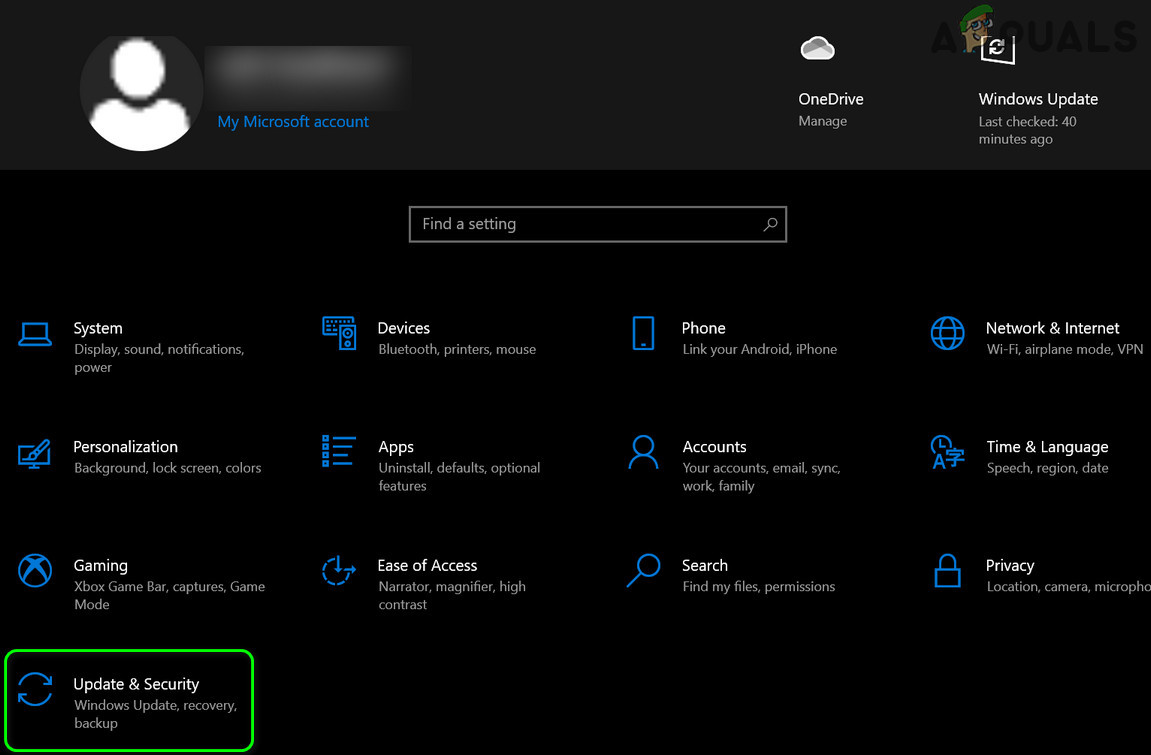
- Under Additional Troubleshooters, scroll to and click Keyboard.
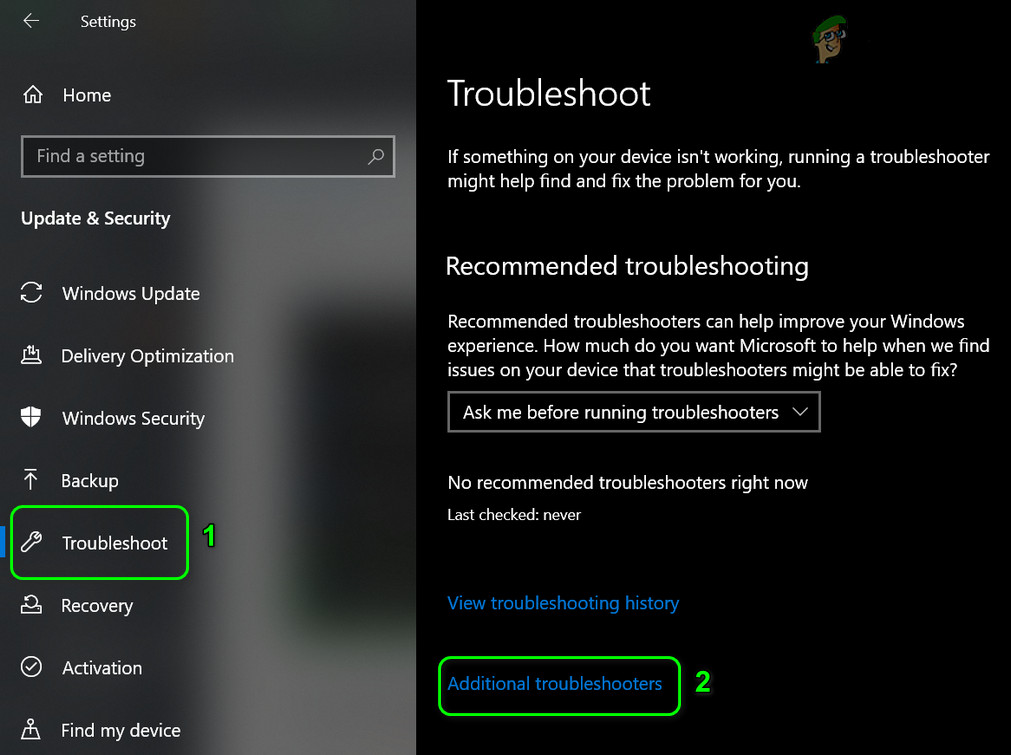
- Click Run the Troubleshooter and follow the steps.

- Check if the keyboard issue is resolved.
3. Disable Keyboard Settings in Ease of Access
Turning off unnecessary keyboard shortcuts can prevent random apps from opening. Disabling settings in Ease of Access, like Sticky Keys, Filter Keys, or Toggle Keys, stops accidental key presses. This helps prevent the keyboard from acting unpredictably and restores normal function.
- Click Windows and open Settings.
- Go to Ease of Access and select Keyboard in the left pane.

- Disable Use Sticky Keys, and do the same for:
Use Toggle Keys Use Filter Keys
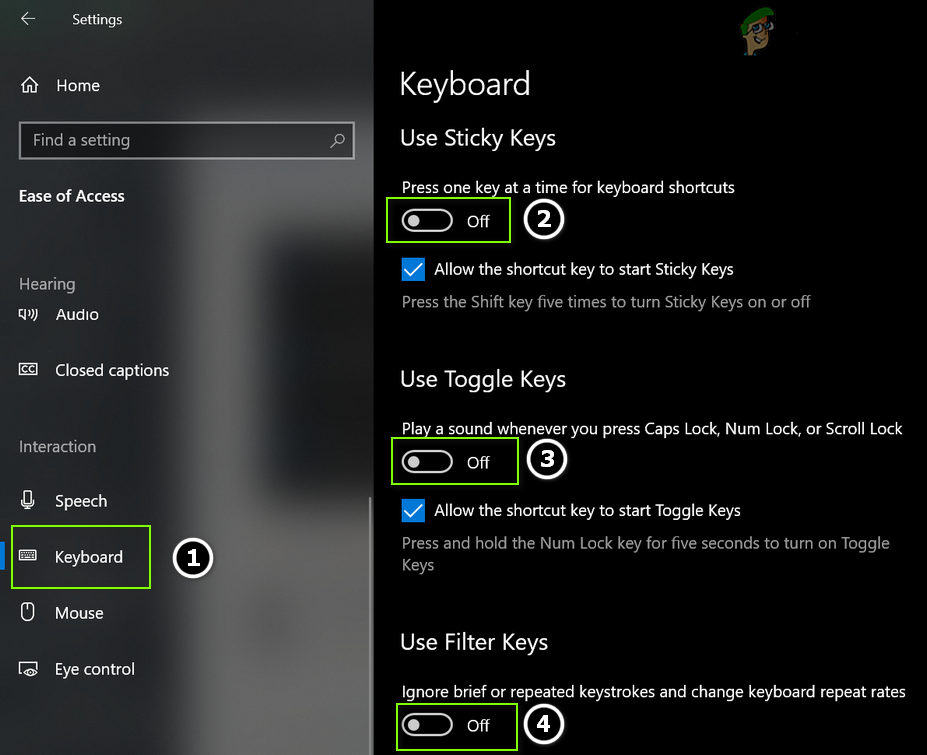
- Check if the keyboard is functioning properly.
4. Disable Fast Startup
Fast Startup speeds up boot time but can misconfigure hardware. It can cause issues with keyboard settings, leading to key errors or random app launches. Disabling Fast Startup ensures hardware resets completely.
- Click Windows and type Power & Sleep Settings, then open it.
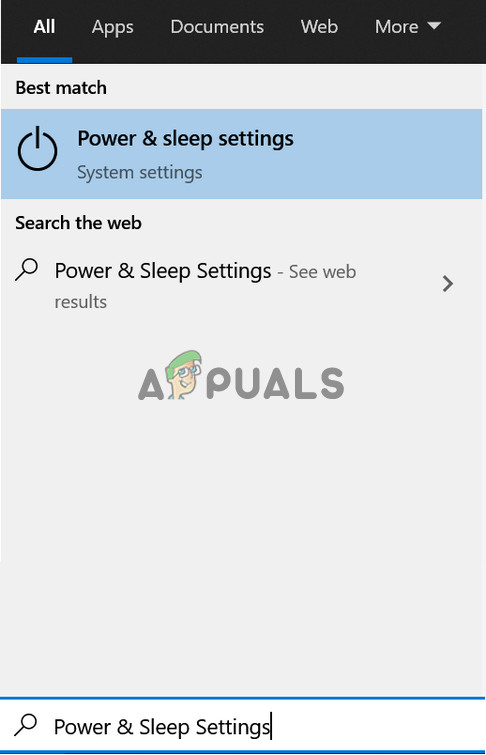
- In the right pane, open Additional Power Settings and click Choose What the Power Buttons Do.

- Click Change Settings That Are Currently Unavailable and uncheck Turn on Fast Startup.
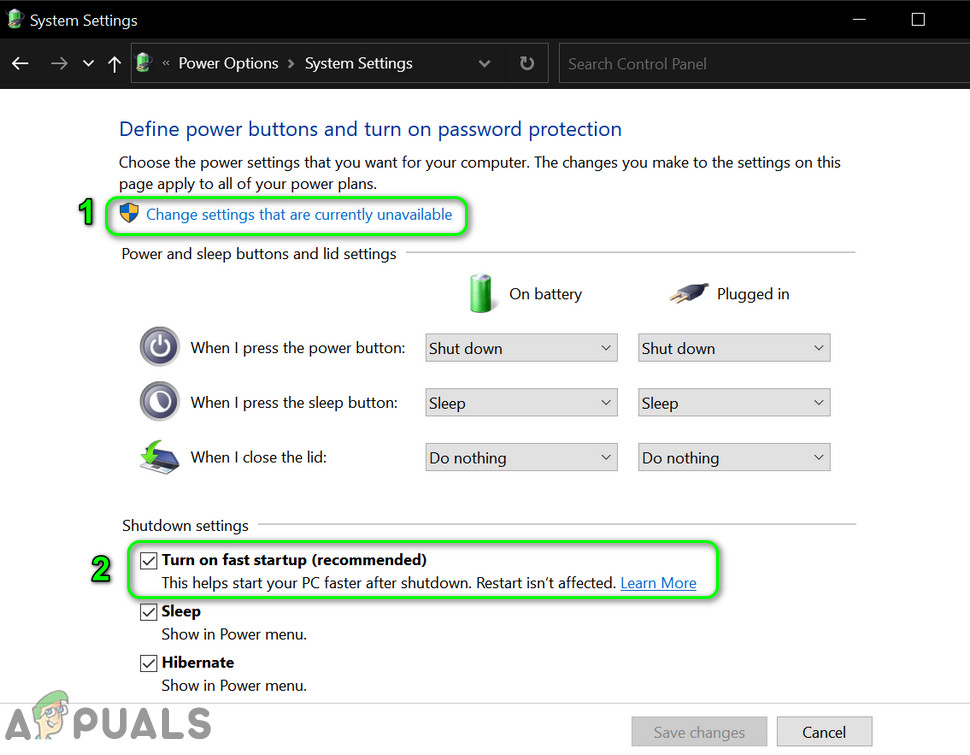
- Apply the changes and shut down (not reboot) the system.
- On booting, check if the keyboard issue is resolved.
5. Disable Windows Ink Workspace
Unexpected keyboard behavior can be due to Windows Ink Workspace settings. Disabling it stops input interception, resolving conflicts between key presses and app launches. This is helpful if you’ve used a stylus or touchscreen, as Windows Ink might change settings that affect keyboard and mouse actions.
- Right-click the Taskbar and select Taskbar Settings.
- Scroll to Notification Area and open Turn System Icons on or Off.
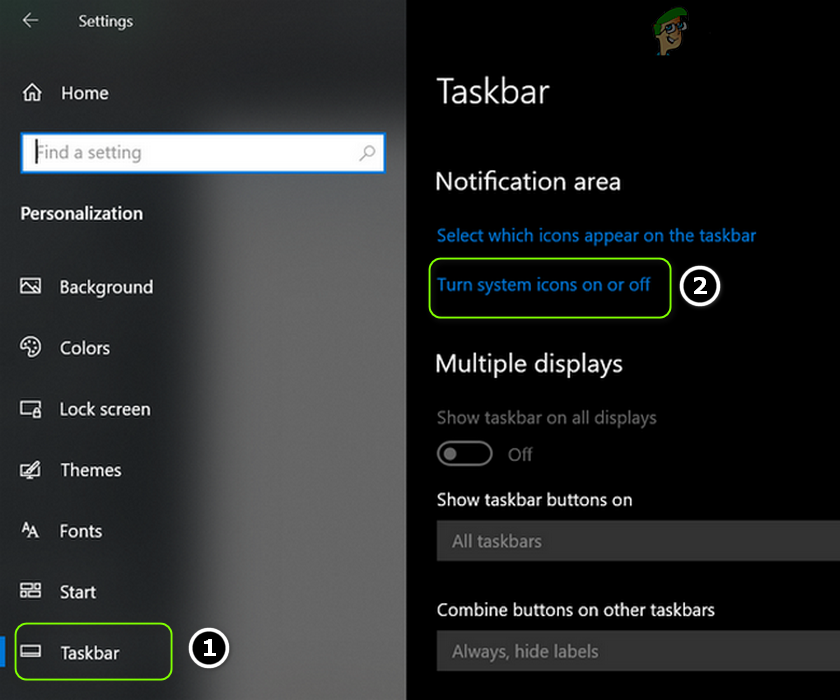
- Toggle Windows Ink Workspace to Off.

- Press Windows, type Group Policy, and open Edit Group Policy.
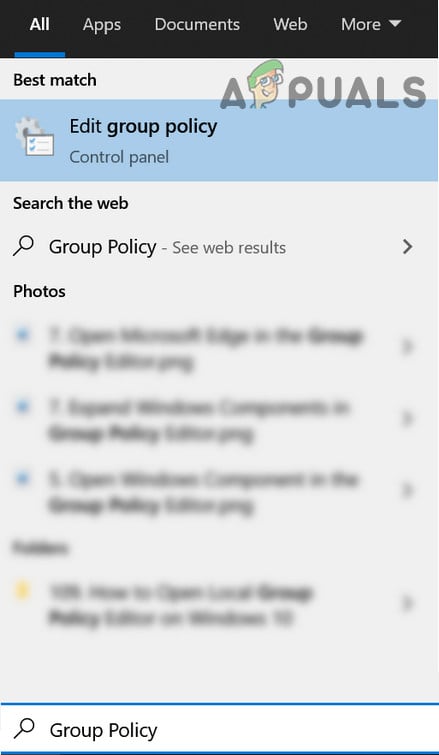
- Navigate to:
Computer Configuration > Administrative Templates > Windows Components > Windows Ink Workspace

- In the right pane, double-click Allow Windows Ink Workspace and select Enabled.

- Select Disabled from the dropdown in the options.
- Apply the changes and reboot your PC to see if the issue is resolved.
6. Reinstall the Keyboard Driver
If your keyboard is acting strangely, try reinstalling the driver. Drivers can become damaged or outdated, causing problems between your keyboard and computer. Reinstalling the driver removes bad files, restores default settings, and updates your keyboard to work properly with your system. This can fix issues where keys open random apps or behave unpredictably.
- Download the latest keyboard driver from your OEM’s website. Arrange a second USB keyboard if needed.
- Right-click the problematic keyboard in Device Manager and select Uninstall Device.
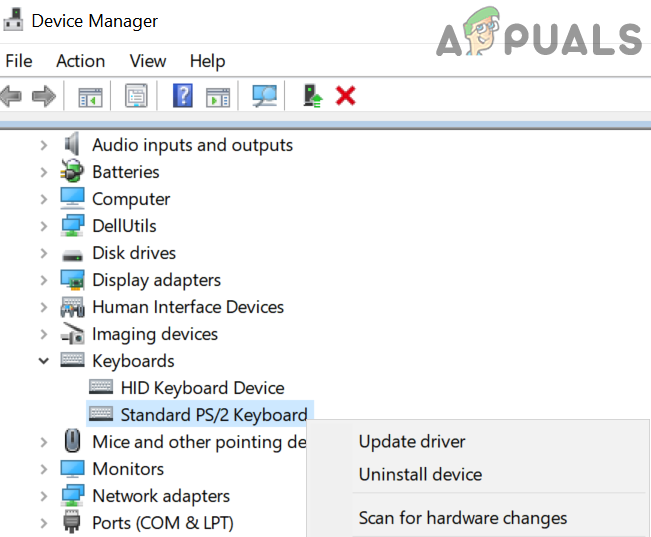
- In the new window, check Delete the Driver Software for This Device (if available), then click Uninstall.
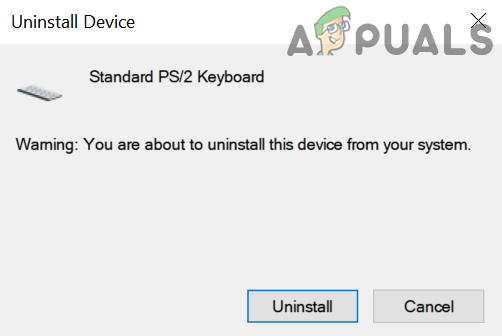
- After completing the uninstall, shut down the PC (do not reboot).
- Unplug the PC from power (remove the battery for laptops).
- Wait 10 minutes, then power on the system.
- Let Windows automatically reinstall the keyboard driver and check functionality.
- If the keyboard still doesn’t work, reboot and manually install the driver downloaded in step 1.
- Verify if the keyboard is now working correctly.
7. Perform a Clean Boot
A clean boot turns off unnecessary programs and services, helping you find out if other software is making apps open by accident. This simple start-up makes it easier to spot problems without background apps getting in the way, so you can focus on finding the cause of the issue.
- Press Windows + R, type ‘msconfig’, and hit Enter.

- Go to the Services tab, check Hide all Microsoft Services, click Disable all, and then OK.

- Press Windows + SHIFT + ESC to open Task Manager.
- In the Startup tab, disable all third-party programs.
 Restart your PC.
Restart your PC.





